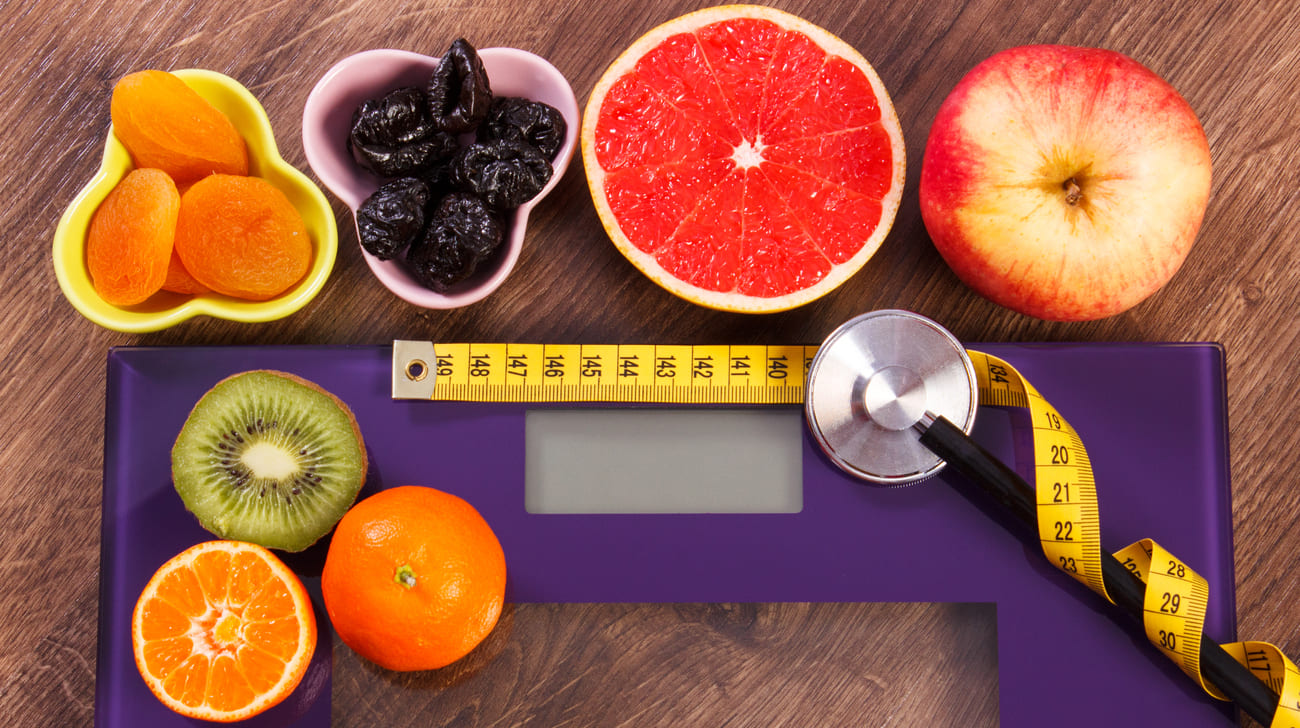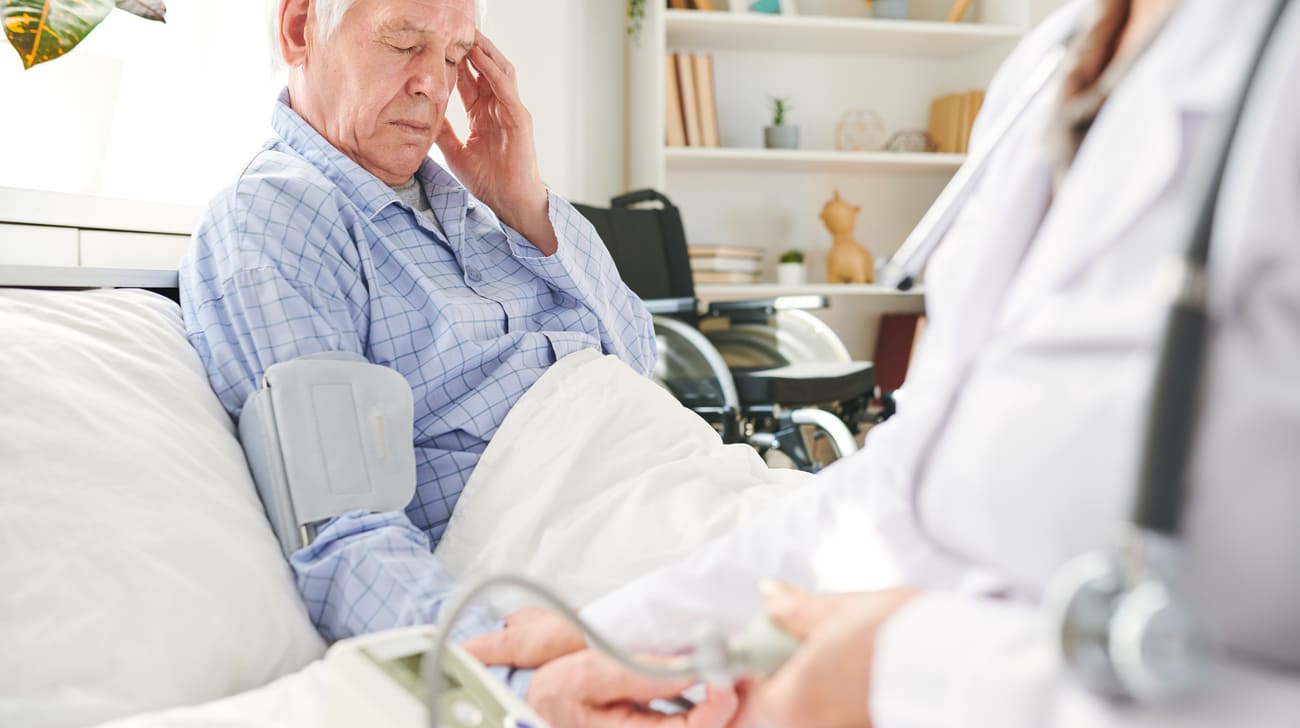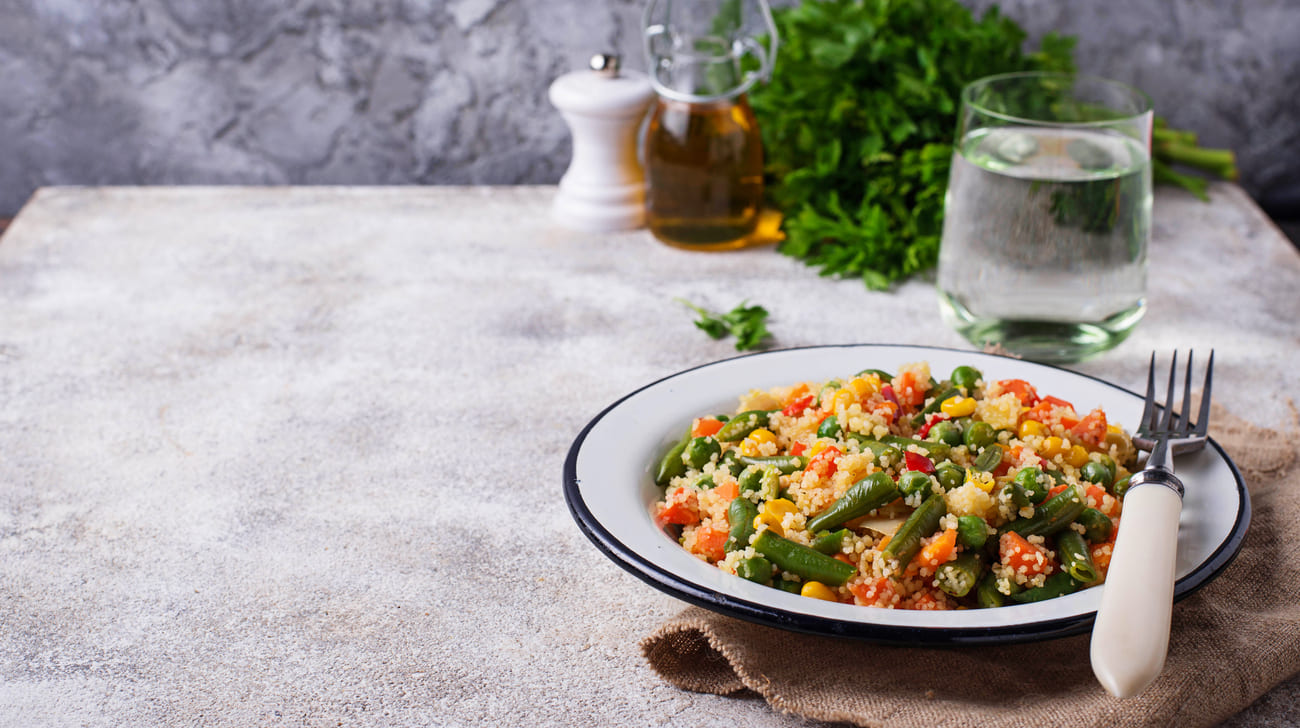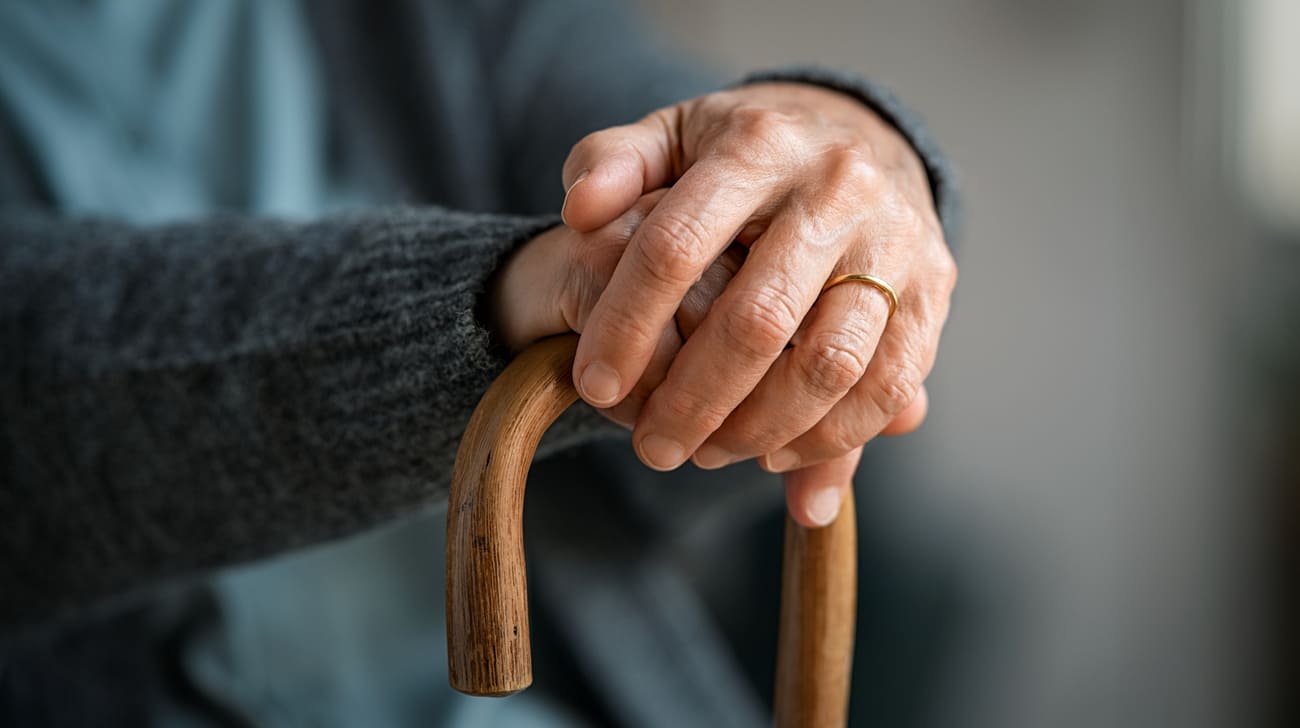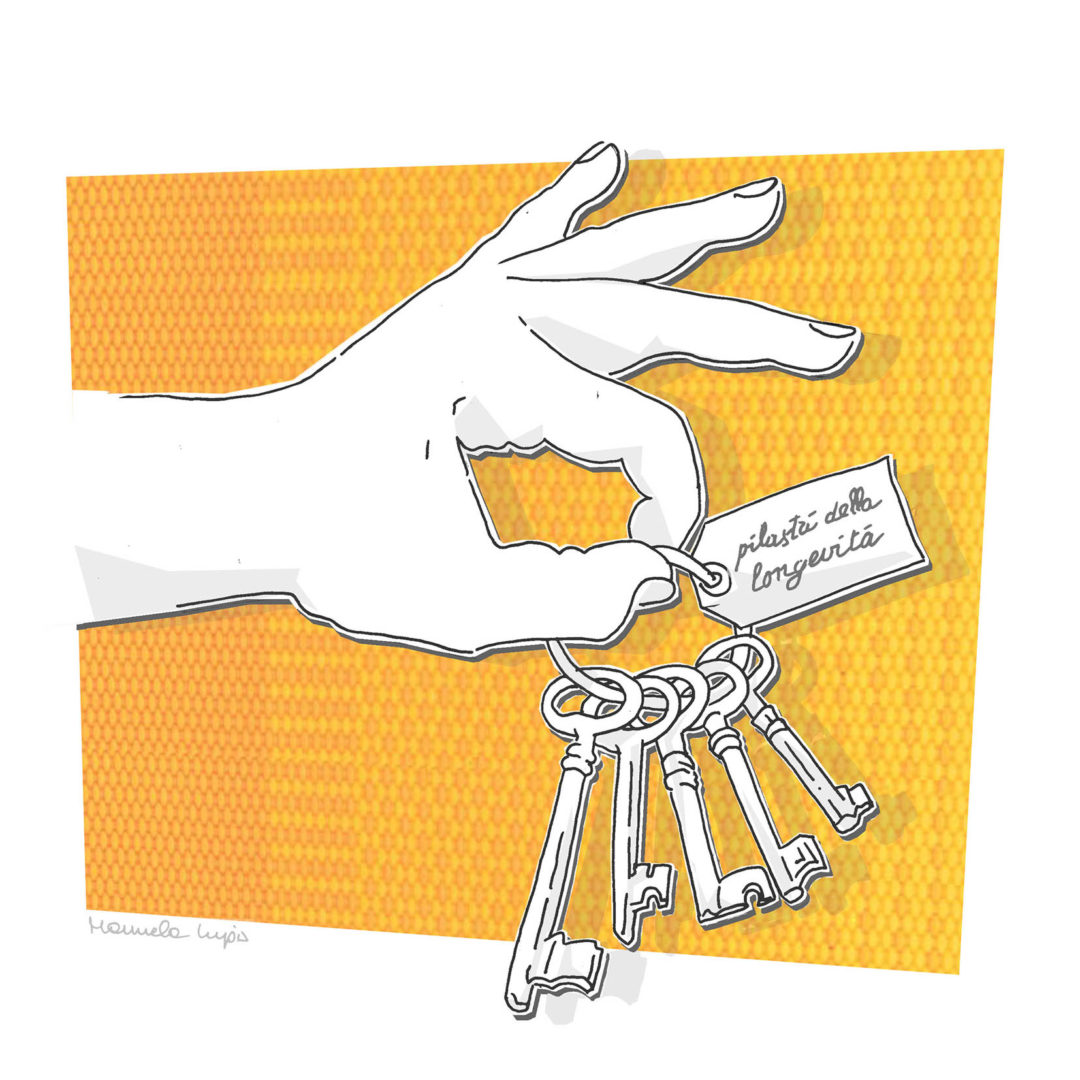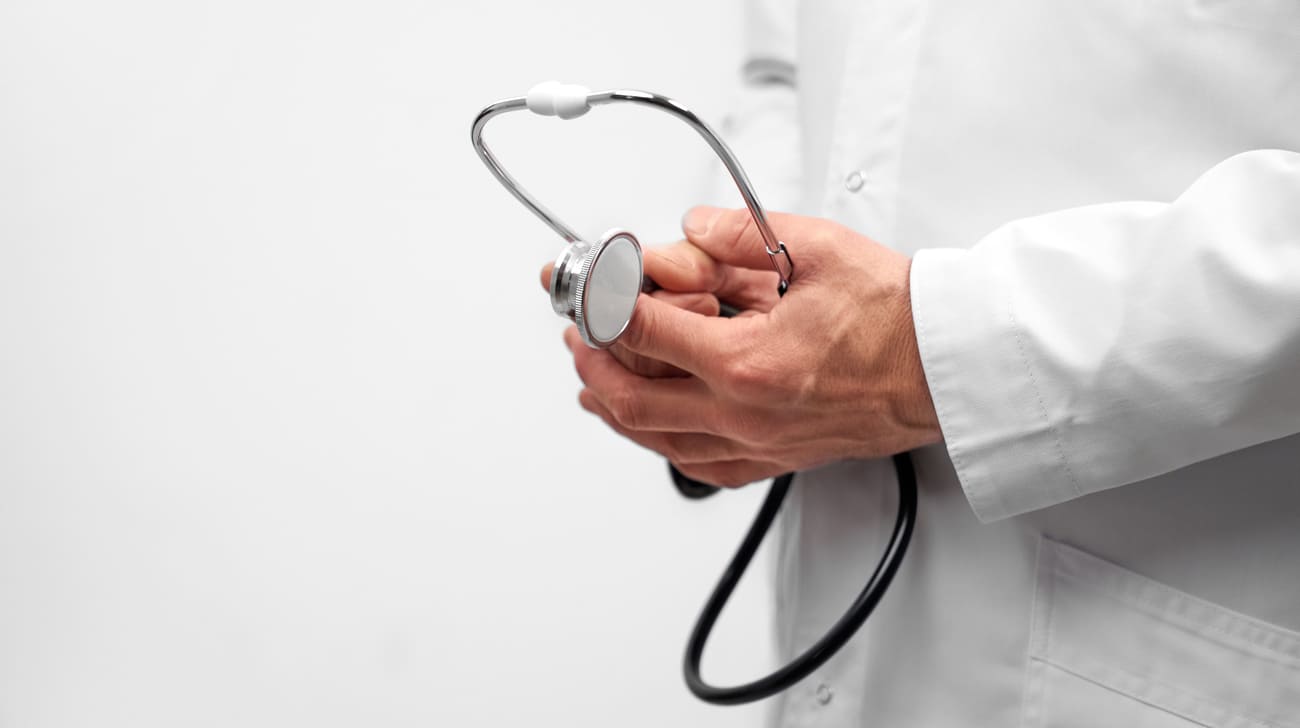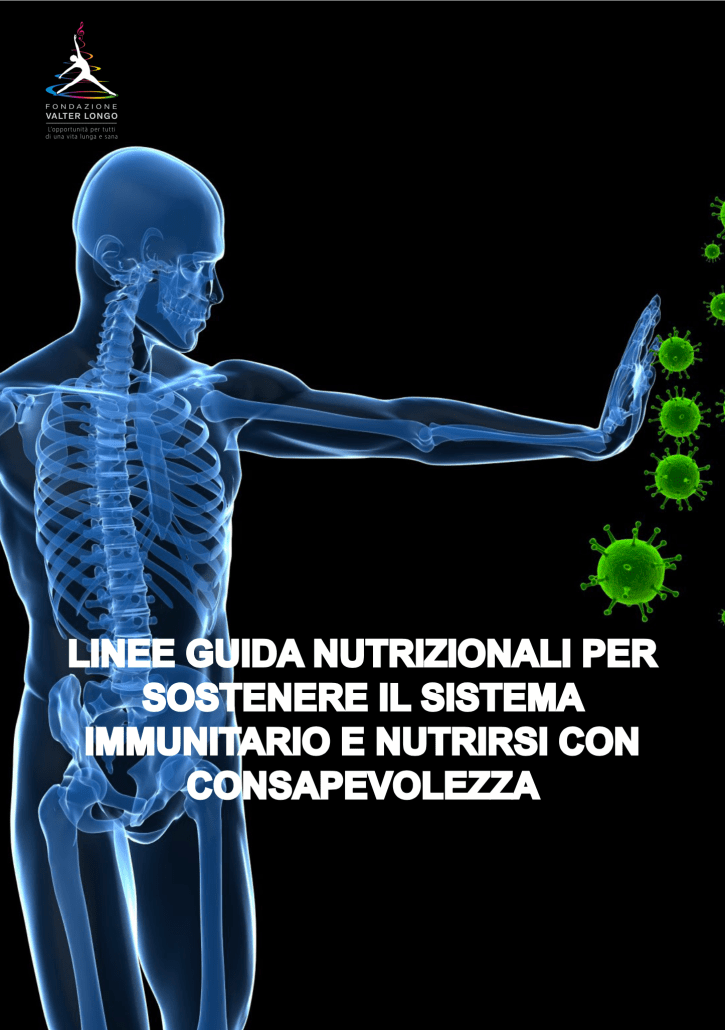Many scientific studies show that obesity and excess weight constitute risk factors for cardiovascular diseases. A recent study, conducted at the Sahlgrenska Academy of the University of Gothenburg, Sweden, identified a correlation between obesity during adolescence and the emergence of myocardial diseases in adulthood. The findings were published in the scientific journal Circulation (May 2019) of the American Heart Association.
CORRELATION BETWEEN EXCESSIVE WEIGHT and CARDIOMYOPATHY
Researchers analyzed a large pool of 1,668,893 Swedish males, between the ages of 18-19, and who had done their military service between 1969 and 2005. For these individuals, data regarding weight, height and BMI were taken from an official enrollment registry of that period. Then, two national databases were examined, analyzing the number of individuals admitted for treatment (and reasons) as well as the number deceased. The researchers’ aim was to determine whether the ex-military personnel suffered from heart disease as adults, through the age of 46.
The findings showed that 4,477 of these male youth later developed cardiomyopathy at the median age of 45.5. Cardiomyopathy is a disorder that strikes the myocardium and may result in insufficient heart function, and even sudden death. Cardiomyopathy is comprised of two forms: dilated and hypertrophic. In dilated cardiomyopathy, the heart weakens and can no longer pump blood. In hypertrophic cardiomyopathy, the heart grows rigid and cannot take in enough blood. In both cases, cardiac functioning is diminished and can result in cardiac insufficiency or heart failure.
WHAT THE FIINDINGS SHOW
This study underscores that individuals who were overweight as adolescents, with BMI equivalent to 34 (which corresponds to mid-range obesity) had 8 times the chance of developing dilated cardiomyopathy as adults. In contrast, the Swedish male subjects who were thin (BMI less than 20) at 18 years old had a low risk of developing cardiomyopathy. This risk, however, increased gradually as their body weight increased.
Of course, it should be noted that the study was limited to male youth, and, thus, applying the findings in a broader sense would require further and analogous studies of the female population.
By Corinna Montana Lampo
For further scientific data and information on the topic of healthy lifestyles and eating habits, visit the website of the Valter Longo Foundation, FONDAZIONE VALTER LONGO, where various clinical studies can be found.
SOURCES
- Annika Rosengren et Al. – Higher Body Mass Index in Adolescence Predicts Cardiomyopathy Risk in Midlife, Long-Term Follow-Up Among Swedish Men – Circulation (May 2019)
- American Heart Association – Hearth News Being overweight as a teen may be associated with higher risk of heart muscle disease in adulthood – Circulation Journal Report (data ultimo accesso 01.08.2019)



